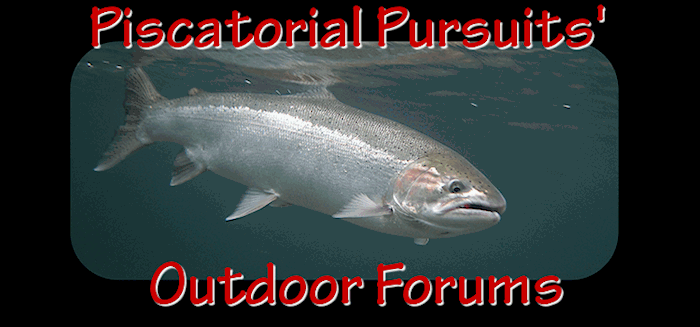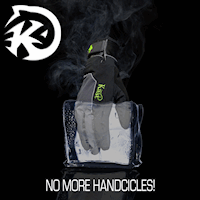As anglers busily prepare this weekend for the much anticipated opening day of the Grays Harbor salmon season on Monday, I cringe to think about how many chinook salmon will perish during the month-long kill fishery sanctioned by the Washington Department of Fish and Wildlife this fall.
WDFW is recklessly basing its proposed October 1-31 chinook retention season in the bay and the mainstem Chehalis on a highly speculative harvest model that significantly underestimates exploitation rates in the sport fishery. The 2007 chinook return is only expected to yield a non-treaty harvestable share of 1642 Chehalis-bound chinook, with predicted sport harvests of 667 fish in the mainstem Chehalis River and 501 fish in the bay for a total of 1168 paper fish. This translates to an average harvest of just 21 fish per day in the river, and only 16 fish per day in the bay. Thirty-one days of chinook retention will almost certainly result in much larger real-life harvests because of the present-day fleet’s ability to very effectively exploit chinook returning to the basin. Allow me to illustrate this with the 2006 season as an example.
In 2006, there were 462 non-treaty chinook available for harvest. WDFW insisted that this measly “surplus” could easily support 15 days of chinook retention in the bay with enough leftover fish to cover release mortalities in the concurrent non-treaty gillnet fishery. WRONG! Over 350 chinook perished on opening day alone! By the most conservative estimates, at least 716 were retained in the sportfishery by season’s end, or about 48 fish per day. This is three times the exploitation rate predicted by the harvest model for 2007.
How can managers rationalize a paltry 2007 prediction of only 501 chinook salmon taken over 31 fishing days when immediate past experience clearly demonstrates that the sport fleet can easily harvest 716 fish in half the time? Do they really believe that allowing fishing for over twice as long can realistically result in 30% fewer fish retained? Do they?
If sport fishermen retain three times as many fish as the harvest model predicts, then without some voluntary self-restraint from participating anglers, they would be expected to take over 3500 chinook … more than twice the entire non-treaty share! And that does not even consider the chinook impact of commercial gillnets!
Moreover, participation in Grays Harbor sport fisheries is expected to be extraordinarily high due to poor salmon forecasts in other regions of the state. To make matters worse, chinook salmon fishing has just been closed in the mainstem Columbia River and all of its major Southwest Washington tributaries (Washougal Lewis, Kalama, Cowlitz, Toutle, Green, and Elochoman Rivers). Angling pressure from those streams will be displaced to the closest and most convenient area open to chinook retention…. you guessed it, Grays Harbor and the Chehalis Basin!
Between the non-treaty gillnetters legally retaining “incidental” chinook, the tribal gillnetters liberally targeting chinook, and the masses of sport fishermen expected to partake in the chinook kill season, WDFW has set up the “perfect storm” next month for unparalleled exploitation of Chehalis-bound chinook salmon.
If you plan to fish local waters for salmon, I would urge you to limit your individual chinook impact in some meaningful way. I am not suggesting that you adopt a “release-them-all” stance as biologists believe harvestable chinook are available in limited numbers. I simply ask that you pause and consider which ones are worth bonking before you decide to wield the wood shampoo.
How can you help? Consider a self-imposed seasonal limit. Instead of filling your salmon tag with chinook, you could target more of basin’s abundant coho. Or maybe consider retaining only those that are mortally wounded by the hooking encounter. You might think about keeping only fin-clipped chinook. You could release all the big fish for quality breeding stock, or perhaps make it a point to release all the hens (females). The choice is yours.
I’m calling out to the conservationist in each and every one of you! If we want chinook salmon to return in healthy numbers in the years to come, it’s our collective responsibility to be a little “softer” on the resource when the need arises. It’s clear our state’s fish managers are unwilling to step up to the plate. Are you?
_________________________
"Let every angler who loves to fish think what it would mean to him to find the fish were gone." (Zane Grey)
"If you don't kill them, they will spawn." (Carcassman)
 The Keen Eye MD
The Keen Eye MDLong Live the Kings!
















 Previous Topic
Previous Topic Index
Index



